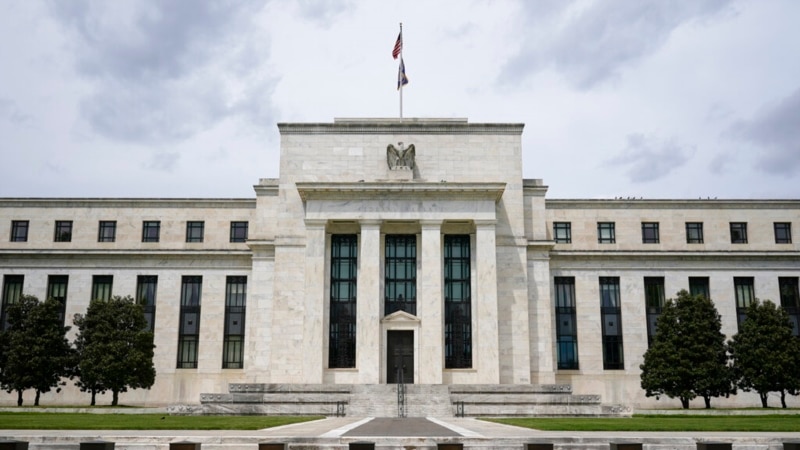After climbing 40-year highs, inflation in the United States has been slowly declining since the summer. However, the Federal Reserve seems decidedly unimpressed and unconvinced that its fight against accelerating prices is close to over.
On Thursday, stock markets caved to the growing realization that the Fed may be willing to let the economy slide into recession if it decides that’s what it takes to bring inflation back down to its 2% annual target. .
The S&P 500 stock index lost about 100 points, or 2.5%, in its worst day since early November. The losses came a day after the Fed raised its benchmark interest rate for the seventh time this year. The half-point increase the Fed announced, to a range of 4.25% to 4.5%, was widely expected.
What spooked investors was Wall Street’s growing realization of how much longer the Fed seems willing to go to beat high inflation. In updated projections they issued Wednesday, Fed policymakers forecast that they will raise their key rate by an additional three-quarters of a point, to a hefty 5% to 5.25%, and hold it there through 2023. Some industry watchers the Fed expected only half an additional point in rate hikes.
Those higher rates will mean higher borrowing costs for consumers and businesses, ranging from mortgages to auto and business loans.
Policymakers also lowered their outlook for economic growth in 2023 from the 1.2% they had forecast in September to a paltry 0.5%, as close to a recession forecast as they were likely to get. In addition, they raised their expectation for the unemployment rate next year to 4.6% from the current 3.7%.
All of which suggested that officials expect, or at least would accept, an economic downturn as the price of reining in inflation.
The message the Fed was sending, said Ryan Sweet, chief US economist at Oxford Economics, was blunt: “We’re going to break something. We are going to break inflation or we are going to break the economy.”
Many investors had convinced themselves that with inflationary pressures gradually easing, the Fed could soon declare some progress in its fight and perhaps even reverse course and cut rates sometime in 2023.
There appeared to be cause for optimism: Consumer prices rose 7.1% last month from a year earlier, down from 9.1% in June and the fifth consecutive decline. Even more encouraging, month-over-month, prices rose just 0.1%. And core inflation, which excludes volatile food and energy costs and is closely watched by the Fed, rose just 0.2% from October to November, the smallest increase since August 2021.
Connect with the Voice of America! Subscribe to our channel Youtube and activate notifications, or follow us on social networks: Facebook, Twitter and instagram.






![[Img #74662]](https://thelatestnews.world/wp-content/uploads/2024/12/Organisms-with-the-shortest-life-150x150.jpg)






